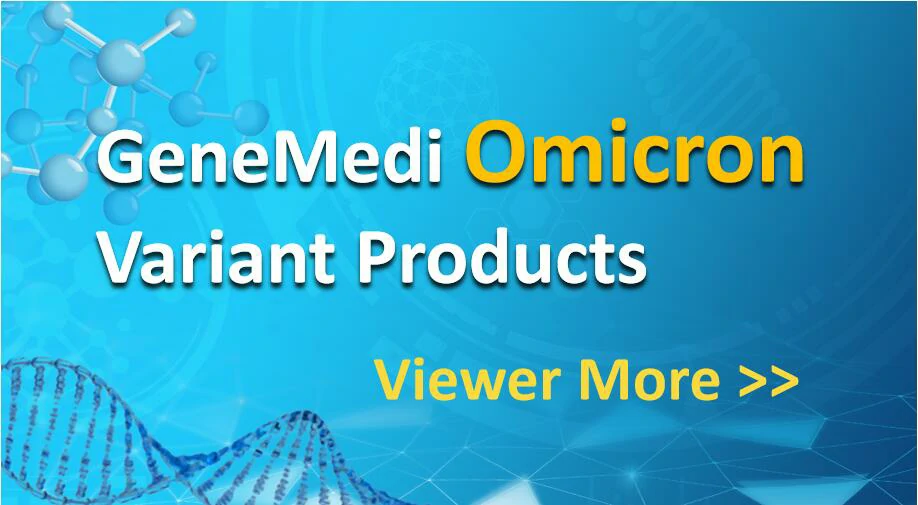Shiga toxins (Stxs) are cytotoxic proteins secreted by Shigella dysenteriae 1 and some serogroups of Escherichia coli (called Stx1 in E. coli). Shiga toxin producing E. coli (STEC) are foodborne pathogens that may colonize and damage the human colon to access to the bloodstream and damage the organs such as kidney and brain. Presently, there […]
Category Archives: nab
The globalization of the world’s economies, accompanied by increasing international travel, changing climates, altered human behaviour and demographics is leading to the emergence of different viral diseases, many of which are highly pathogenic and hence are considered of great public and animal health importance. To undertake basic research and therapeutic development, many of these viruses […]
Monoclonal antibodies (mAbs) against bacterial infections are more effective way to treat the antibiotic resistant strains. The antibacterial mAbs have several advantages such as reducing the antibiotic toxicity, treatment time and disease complications. there are numerous mAb products are under development for a range of infectious diseases. Currently, GeneMedi offers mAbs against gram negative bacteria, […]
Clostridium difficile continues to be one of the most prevalent hospital-acquired bacterial infections in the developed world. Alternative approaches under investigation to combat the anaerobic Gram-positive bacteria include fecal transplantation therapy, vaccines, and antibody-based immunotherapies. Inhibitory antibodies that recognize the primary C. difficilevirulence factors, toxin A and toxin B, are the most popular passive immunotherapies under investigation. […]
Table of Contents FDA approved neutralizing antibodies (NAb) and our products 1. SARS-CoV-2 neutralizing antibodies (NAb) SARS-CoV-2, the novel coronavirus responsible for the ongoing COVID-19 pandemic, has been spreading rampantly. The global scientific community has responded rapidly to understand immune correlates of protection to develop vaccines and immunotherapeutic against the virus. The RBD of spike […]
Definition–What is neutralizing antibody (NAb)? A neutralizing antibody (NAb) is an antibody that is responsible for defending cells from pathogens, which are organisms that cause disease. They are produced naturally by the body as part of its immune response, and their production is triggered by both infections and vaccinations against infections1. A neutralising antibody rapid […]
Measles virus (MeV) neutralizing antibodies (NAb) Measles virus (MeV) causes an extremely transmissible respiratory disease and it has also been used as an oncolytic platform. MeV enter into the cells through the cellular receptors such as SLAM (signaling lymphocyte-activating molecule) and PVRL4 (poliovirus receptor-like 4) (nectin-4). Hence, the antibodies against PVRL4 could block measles virus infections. […]
Pseudomonas aeruginosa infections neutralizing antibodies (NAb) Pseudomonas aeruginosa is a main source of health-care related infections, including pneumonia and infections associated with urinary tract, wounds, burns, and the bloodstream. P. aeruginosa invades the eukaryotic host cells through the type III secretion system (T3SS). This T3SS helps the bacteria to translocate effector proteins directly into host cells. Mammalian immune […]
Human endogenous retroviral envelope protein HERV-W-Env neutralizing antibodies (NAb) Temelimab (formerly called GNbAC1) is an immunoglobulin (Ig) G4 monoclonal antibody that targets the human endogenous retroviral envelope protein HERV-W-Env, shown to be associated with the pathogenesis of certain autoimmune disorders such as multiple sclerosis (MS) and type 1 diabetes mellitus (T1D). By neutralizing HERV-W-Env, temelimab […]
Human cytomegalovirus (HCMV) neutralizing antibodies (NAb) Human cytomegalovirus (HCMV) causes life-threatening illness in immunosuppressed patients. HCMV envelope proteins viz. glycoprotein B (gB), gH, gL, gO and UL128/UL130/UL131A are essential for the fusion of virus with the host plasma membranes to enter into the host cell. The gB protein is the direct mediator of cell fusion […]




